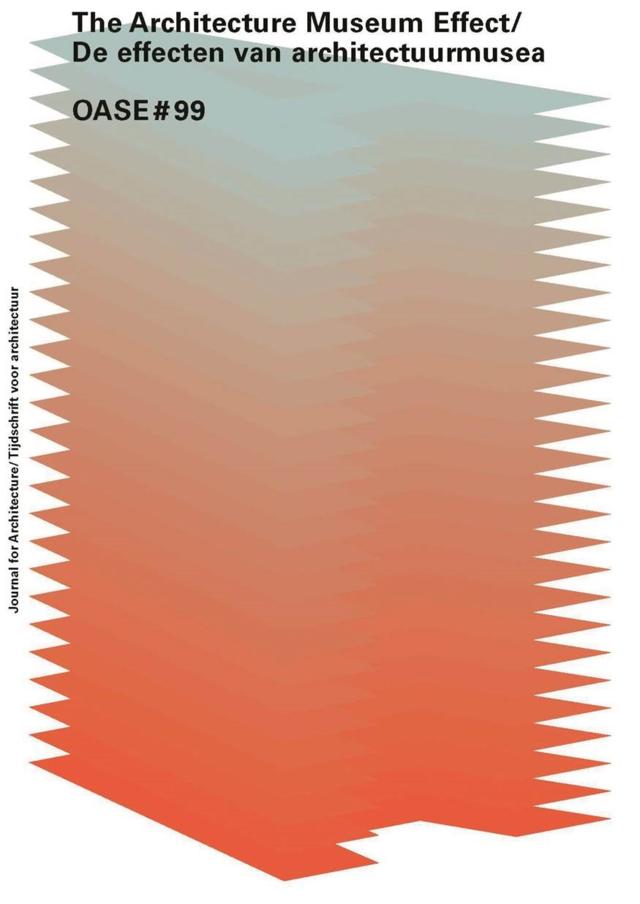OASE #102
Educating architects in Europe. From critical intellectual to successful entrepreneur?
Christophe Van Gerrewey, David Peleman, Bart Decroos (eds.)
In an interview from 2003, writer Sandro Veronesi talks about his education as an architect:
When you’re born in Florence, architecture is the ideal approach to learn the best of one’s tradition. It is a broad study, ranging from mathematical to humanist subjects, architecture included. I found that very attractive. I have never practised architecture, but I think like an architect: it’s a way of looking at the world.
Veronesi is a ‘product’ of the architecture education that came into being following May ’68. The humanities – history, theory, criticism, literature – become of paramount importance; architects are trained to become critical intellectuals or ‘good civilians’ with a wide knowledge of culture.
This tradition is discussed in a conversation between Peter Eisenman and Pier Vittorio Aureli (LOG 28, 2013).
‘The idea was that architecture was taught,’ Eisenman says, ‘as a way of educating – not to learn about architecture, but as a means to understand society. So when you had 7,000 students at the University of Venice, they were not all going to be architects, but they were using architecture, as previous generations used the law, as a way of understanding society.’ Aureli replies: ‘Yes, the humanities were a fundamental component of the education of an architect.’ Elsewhere in their conversation the Bologna Process (1999) is considered as another key moment in the history of European education, following ’68. ‘Bologna’ forced the educational system to yield clear ‘returns’, and to develop a professional profile that makes students independent and self-sufficient in a globalised free market. Does it still make sense to educate architects as ‘critical intellectuals’, or does this model belong to the past?
OASE invites authors to inquire what kind of architect and urban planner is or was being ‘produced’ at European schools of architecture. In which way has the classic distinction between the architect-as-engineer and the architect-as-artist been defined, and is it still valid today? What is the result of an education in architecture, and what kinds of subjectivity are formed? Can skills be defined professionally, or do they transcend the ‘tools’ that are needed to ‘work’? Do schools really define the training they offer – and how? Thanks to a legacy, or rather by means of well-known and influential tutors? To what degree do schools imitate what happens in a globalised world and in professional praxis? And what moments have been historically decisive in the European organisation of architecture education?
OASE welcomes historical case studies – about schools, methods, teachers, reforms or books – or critical analyses of contemporary European schools and educational practices. Interviews are possible, personal or institutional presentations of pedagogical projects or positions are not.
Proposals for contributions should be submitted to info@oasejournal.nl by 15 May 2018 and must include a proposed title, an abstract (maximum 300 words), as well as the contributor’s name, professional affiliation (if applicable), email address and a short bio (maximum 150 words).










